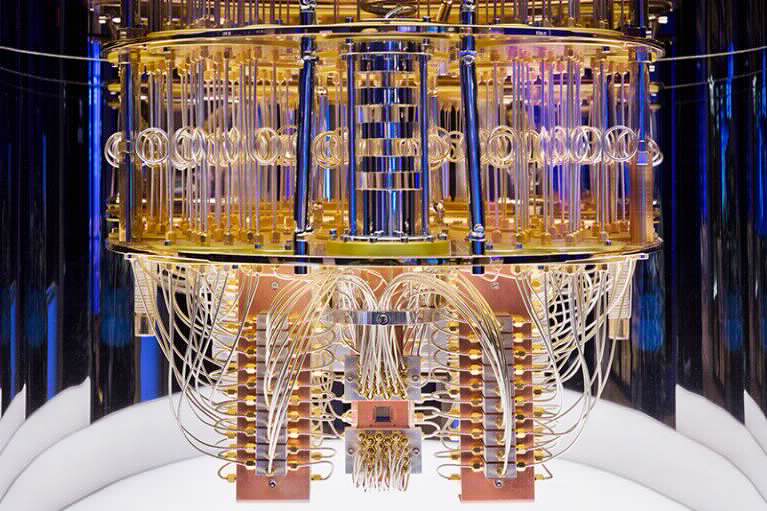Bells and whistles: unless you have one of these in your cupboard, you might have to settle for classical simulation.

I was recently playing around with a research artefact from the paper Grafeyn which implemented some interesting techniques for circuit simulation. Also, it was written in Rust, so that doubly piqued my interest! Here’s what the paper has to say about itself…
